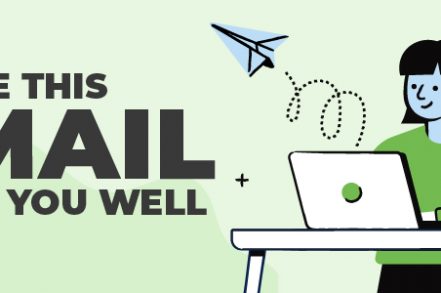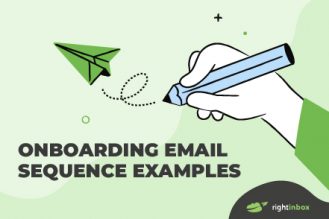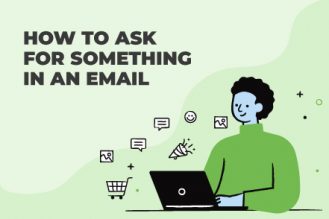We’ve all been there — starting our emails with the age-old “I hope this email finds you well.” But did you know this phrase has roots deep in the history of letter writing? While it once made perfect sense, the digital age demands a fresh approach.
I hope this email finds you well — a history recap
Anyone who uses email is familiar with the classic “I hope this email finds you well”. This phrase is used so universally because it’s a polite, straightforward way to wish your recipient well.
But where did this opener come from? The phrase actually originated during the eras of letter writing, decades before email communication even existed.
When writing letters, people would begin with this phrase because, since letter delivery was slow, significant time would pass between the person writing the letter and it reaching the recipient.
So, there was a genuine risk of the letter finding the recipient with a change in health, so wishing it found them well-made sense to write.
But with modern technology making communication almost instant, this outdated phrase isn’t always the best opener.
Why this opener isn’t always the best
If you’re wondering whether you can still use the phrase “I hope this email finds you well” to begin your emails — of course you can! There’s nothing inappropriate or fundamentally wrong with the phrase and you can always fall back on it if you don’t have anything else in mind.
But with that being said, this phrase can sometimes appear cliche or disingenuous, reducing the chances of your email standing out in your recipient’s inbox. Here are the mainreasons why this classic opener may not always be the best:
- Lack of originality – If you want to make a unique impression on your recipient, this opening line won’t win you any points for originality. Since it’s used so repeatedly, it has become a generic and predictable way to begin an email, diminishing the impact your message makes on your recipient.
- Formality vs authenticity – Authenticity is highly valued in today’s world of communication, especially in a business context. Since this opener is highly formal, it can create a barrier between the sender and recipient, and prevent you from establishing a genuine connection.
- Limited emotional range – While this phrase is polite, it doesn’t convey a wide range of emotions. If you’re writing to express concern, enthusiasm, or extend your congratulations, this opener may fall short in capturing your intended tone.
- Insensitivity – If you’re writing to someone in situations of distress or challenging circumstances, this opener may come across as insensitive, even if it’s well-intended. The opening line of your email should always align with the context of your message.
What to Write Instead — 25 Best Alternatives
1. Say nothing at all
While the right opener can help your email stand out, an opening line isn’t always necessary! If you’re writing to a busy professional who receives hundreds of emails a day, they will most likely prefer emails that are brief and get straight to the point.
So, consider writing a simple salutation like “Hello”, and show that you value your recipient’s time by getting down to business right away.
2. Keep it short and sweet
You may think a lengthy email communicates more information and therefore has more impact, but this isn’t always the case. Sometimes, the best way to make an impact is by distilling your message into a short email.
For example, Boomerang analyzed over 40 million emails and found that the most effective word count is between 50 to 125 words. In case you have a lot to communicate and this word count isn’t enough, you could just talk about your ideas briefly and ask if the recipient would be interested in a follow-up email with more details.
To keep your email short, you can begin with something like “I know you’re busy, so I’ll be brief. But if you’re interested in more details, I’ll be happy to share with you when you have more time.” Once you have their attention, you can write a longer message later on.
3. Connect personally
If you’re writing to a colleague you’d like to get to know better or to your boss at a new job, use your email as an opportunity to connect with them on a personal level. Emails don’t always have to be formal and uptight — so take the chance to make an impression and let them know you want to build a good relationship.
Here are a few openers you can use.
- “I hope your [specific event] was as enjoyable as it sounded! I’d love to hear about it when you have the time.”
- “Your passion for [hobby/interest] resonates with me. I’ve always wanted to give [hobby] a shot!”
4. Revisit previous conversations
If you’re writing a follow-up email to get an update or discuss ideas on a task, reference previous conversations to let your recipient know you were active and listening.
Here are some ideas.
- “Building on our discussion from [date], I’d like to revisit…”
- “Your feedback on [previous topic] was great; I’d love to discuss…”
This showcases your interest in the conversation and helps build rapport with your recipient.
5. Reference your previous meeting
If you recently met and spoke with your email recipient at a previous event, consider starting your email with:
- “It was great meeting you at [insert event/place name].”
- “I’d love to continue our conversation from [insert time/place name].”
Mentioning this meeting is a great way to continue an interesting conversation you had with the recipient or build upon any ideas/business you discussed.
If your interaction was brief, try including specific details of the event/place you met to ensure the recipient remembers you. Even if they don’t remember your interaction, don’t worry! The fact that you remember it and took the initiative to contact them will make a positive impression.
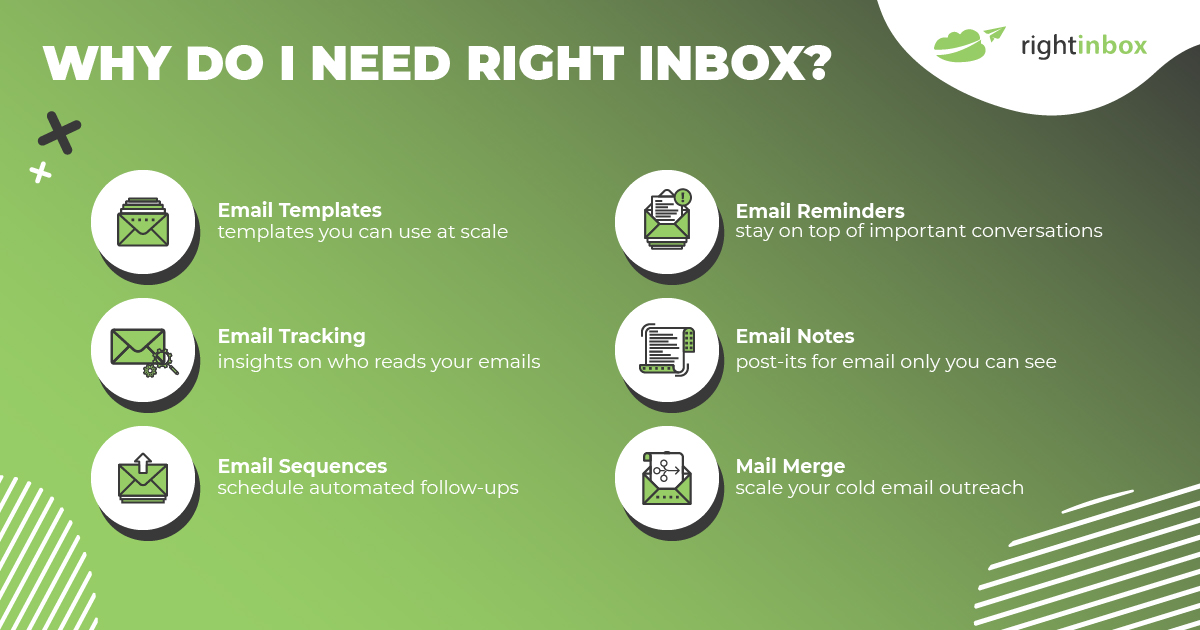
6. Make small talk
This may not be appropriate in a professional context, but if you think a small talk opener fits your audience well, go for it!
Instead of simply saying “I hope all is well”, you can open with something a little more personal.
Here are some ideas:
- “This week was so busy! I hope you have good plans for the weekend.”
- “How are things in [insert location]? The weather is really nice here!”
These ideas are a great way to break the ice if you’re establishing a new contact and work even better if you’re familiar with the recipient. Don’t worry if you only know the person through email exchange — if you feel they will reciprocate your efforts at communication, then take the initiative to build a connection.
7. Congratulate them
Genuine flattery can be a great way to establish a positive relationship with your recipient. If you’re communicating with someone who’s recently achieved a promotion, work accomplishment, or article publication — congratulate them!
You can write something like:
- “Congratulations on completing your project on [insert topic]!”
- I heard you [insert accomplishment]. Congratulations!”
This can also be a great email opener if you’re writing to a superior or someone you’re looking to collaborate with/get help from. You may have to do a bit of research to find out their recent accomplishments, but the time and energy you spend doing this will work in your favor!
8. Appreciate their efforts
A great way to open a reply email is to appreciate the recipient for responding quickly or for completing a certain task on an urgent basis. For instance, you can write:
- “Thank you for the quick response.”
- “I really appreciate your quick reply.”
- “Thank you for completing [task] on time.”
This email opener is best if you’re in a long, back-and-forth correspondence with the recipient. It is especially suitable if you’re replying to their promptness with meeting a deadline. It shows that you value their efforts and time and appreciate that they prioritized and valued yours.
Additional Reading: 35 Best Gmail Extensions to Use
9. Ask questions
Who said an email opener has to be a well-wishing statement?
A great way to start off your email is by asking specific questions from your recipient. If you know about any engagements, plans, events, or projects your recipient is involved in, you can open your email by asking how it went.
Try to avoid the more generic “How are you doing?”, and consider one of these alternative openers:
- “How did your project/event go?”
- “How was your weekend at [place/location]?”
These openers show that you pay attention to your recipient’s conversations and care about how things are going for them. This email opening is especially effective if their engagement/plans relate to the subject of your email.
10. Ask for their help/advice
When writing to a superior or employer, a little humility goes a long way in building trust and rapport. Asking for help or advice from the recipient can be flattering and ultimately brings value to both parties involved.
Here are some examples you can follow:
- “I’d love to hear your thoughts on [insert project/topic].”
- “I know you’ve worked on [project/task] before, and am eager to learn from you.”
Just make sure that the recipient’s background is relevant to the question you are asking. Follow up this email opener with specific questions/concerns you may have to increase your chances of getting a good response.
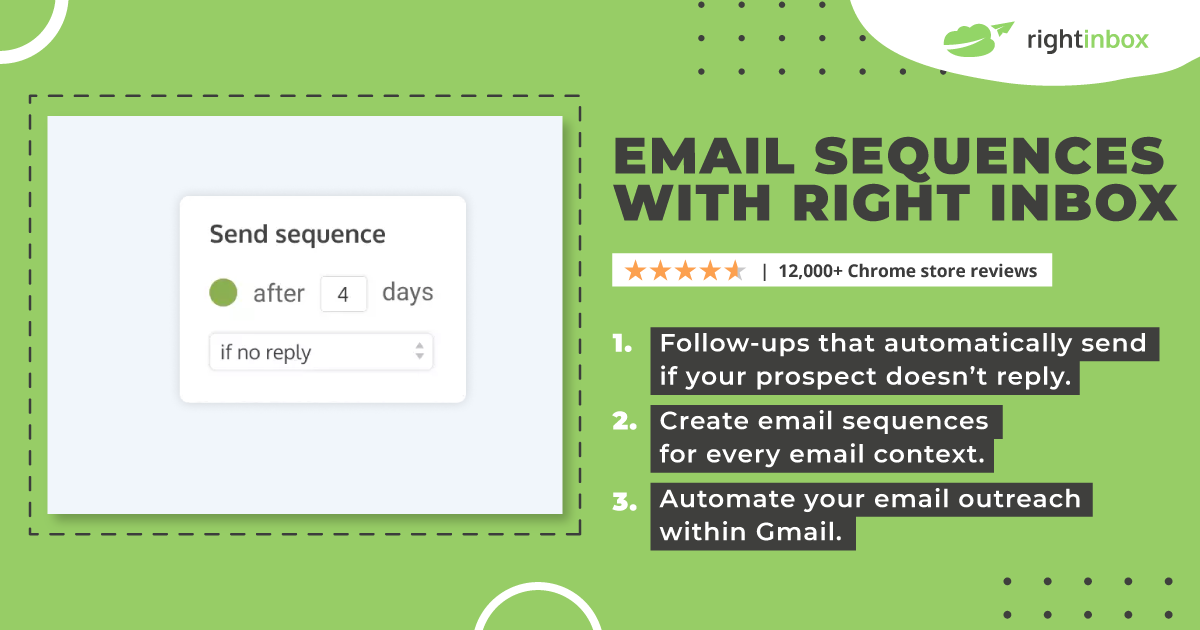
11. Ask for updates
If you’re writing a follow-up email to ask for updates on a certain task, meeting, or appointment, using this as an opener can be a great way to check up on your colleagues/employees.
For instance, you can write:
- “I’d love an update on your [insert project].”
- “How is [task/project] coming along?”
- “Would love to discuss your progress with [task/project] at [insert time].”
This opener is direct, but it’s friendly, encouraging, and gets the job done. To ensure you get the response you’re looking for, you can follow this up by specifying how you want the update reported, when you need the information, or how you want the project measured. This gives your recipient more direction on how to respond to your email.
12. Refer to mutual contacts
Mentioning a mutual contact in your email opening is a great way to build trust with your recipient right from the get-go. If you’ve gotten the recipient’s email address through a mutual contact, this also lets them know why you may be emailing them (instead of perusing through your email wondering who you are).
Plus, if this mutual connection is someone well-respected, this can also serve as an endorsement of your reputation and professionalism.
You can start your email by saying:
- “[Mutual contact] suggested I contact you regarding [insert project].”
- “I got your address from [mutual contact].”
- “I’ve heard a lot about your [insert project/accomplishment] from [mutual contact] and thought I’d reach out.”
This is a great opener as long as you make sure you have the person’s permission to mention their connection with you in your email. After the opening line, get right to your point and don’t make your mutual contact the entire focus of your message.
Final words
The examples we’ve given above are all great alternatives to this classic and can help make your email stand out and get the responses you’re looking for.
Just make sure to consider the context of your email, your relationship with the recipient, and the tone you wish to convey when choosing one of these openers to help drive your message home.
Track emails, email reminders & templates in Gmail for free
Upgrade Gmail with the features it’s missing
Add to GmailDavid Campbell
David Campbell is the editor of the Right Inbox blog. He is passionate about email productivity and getting more done in less time.
